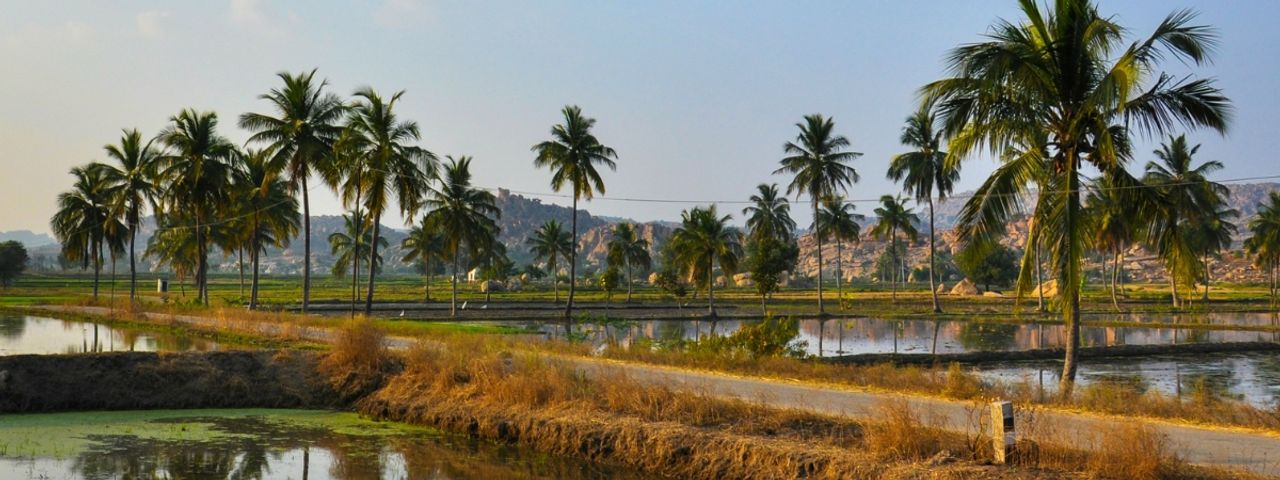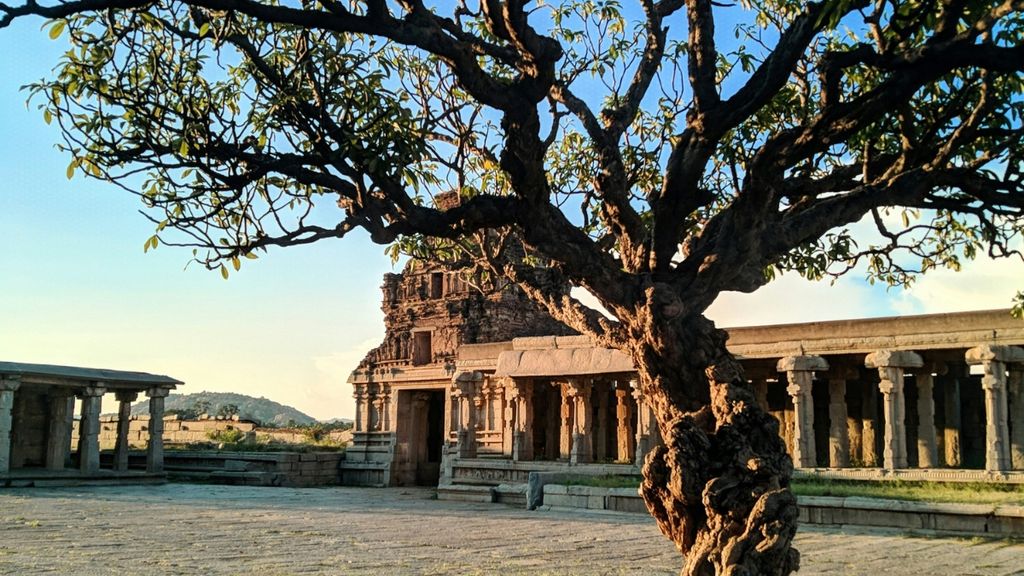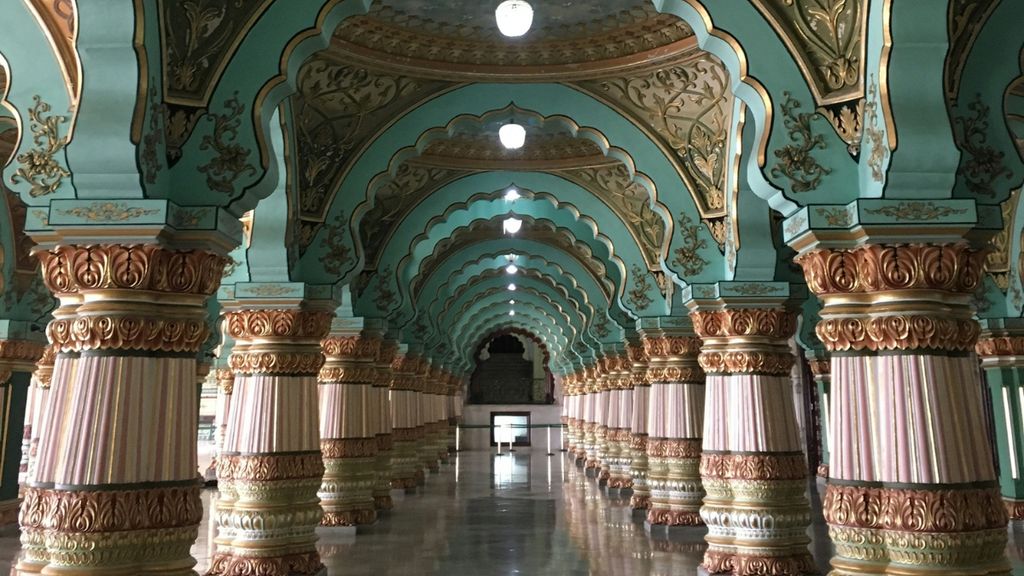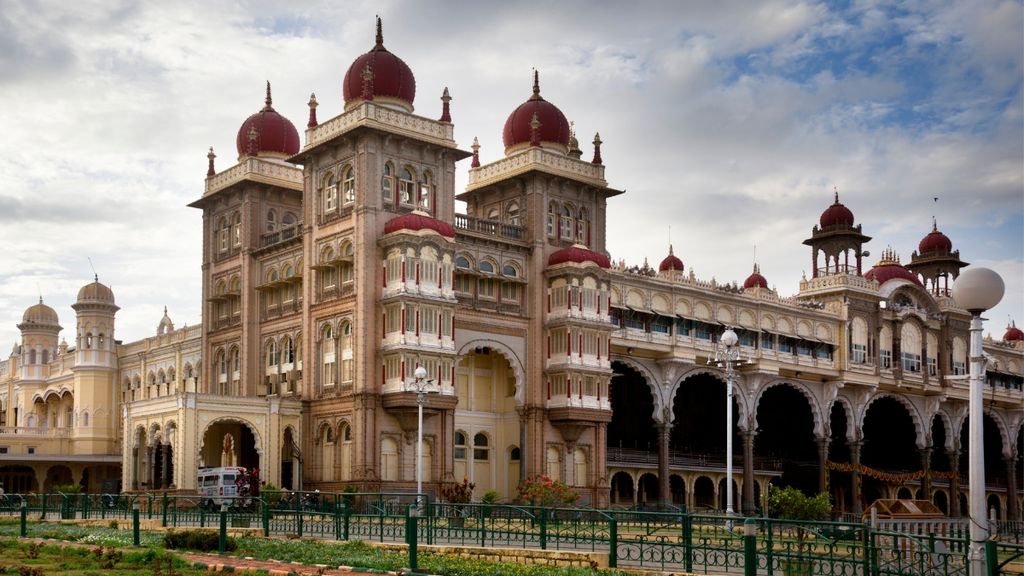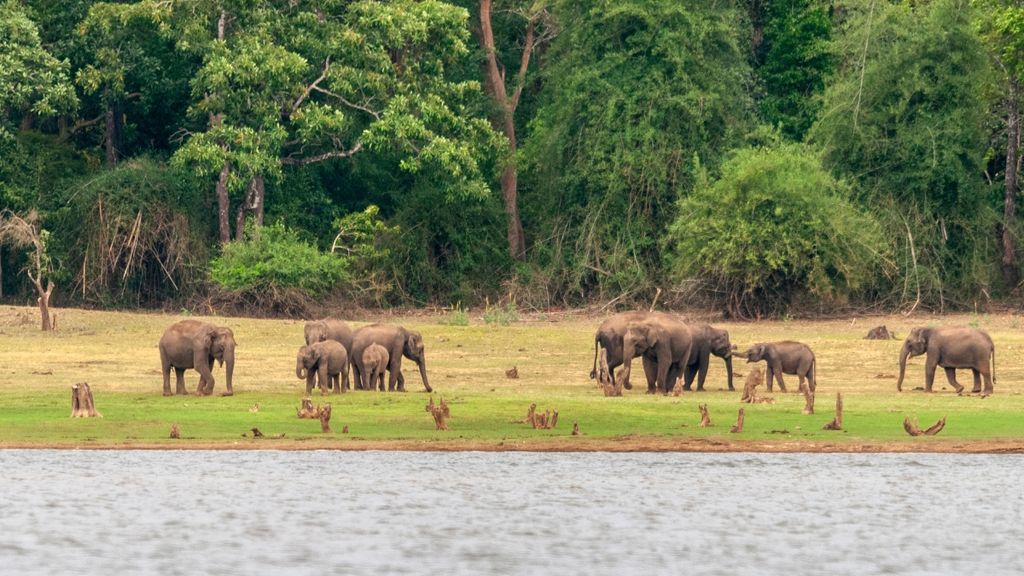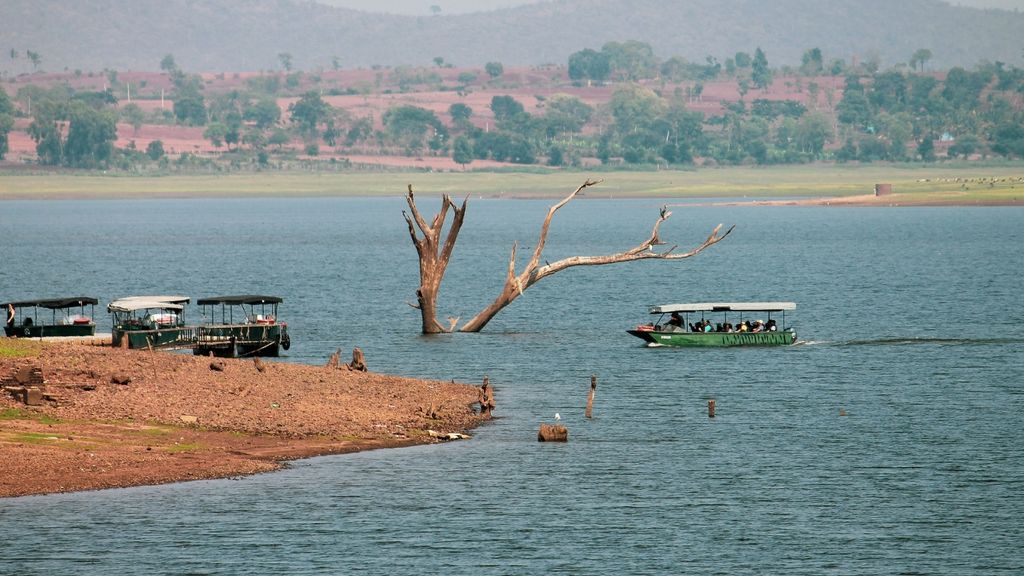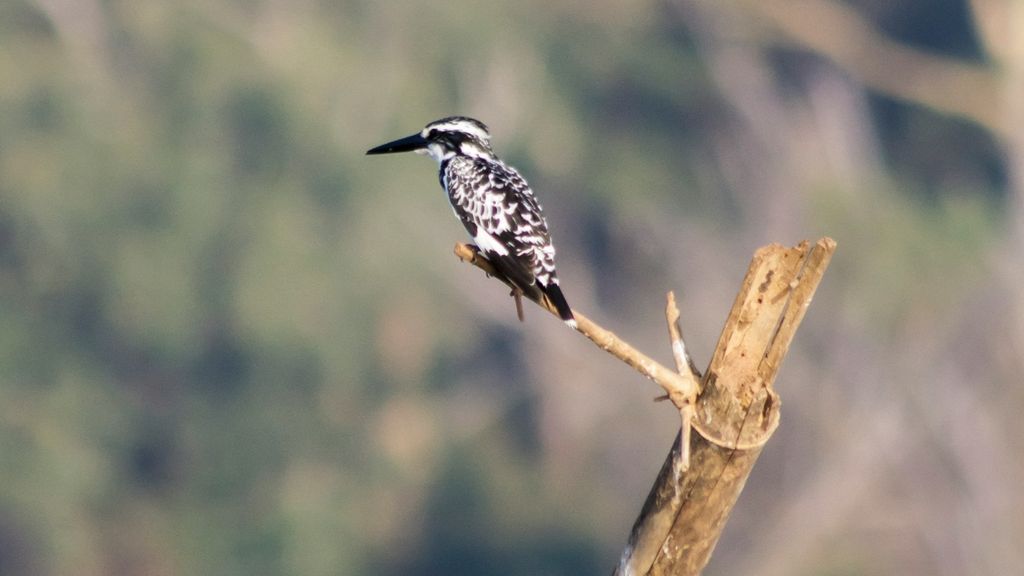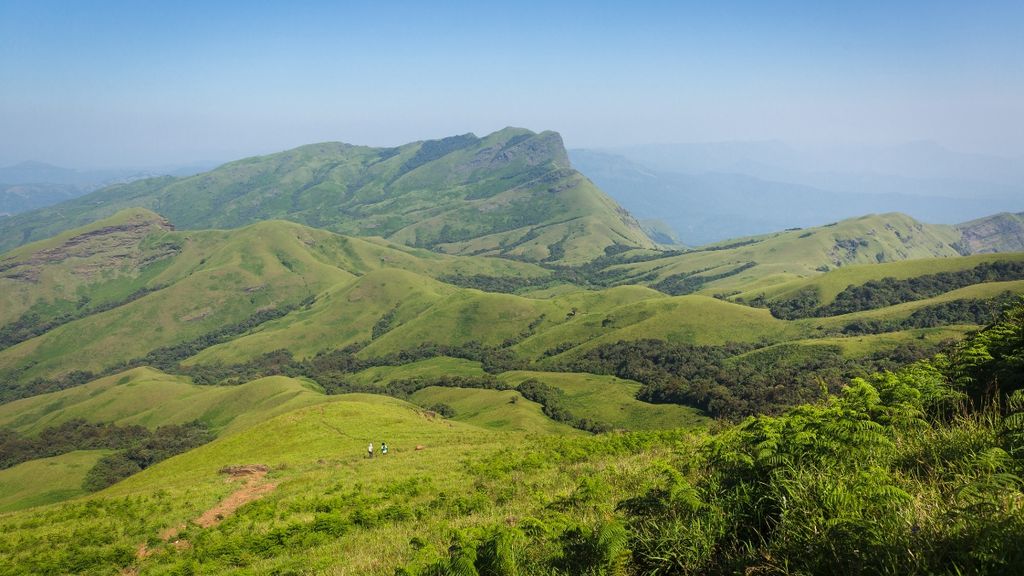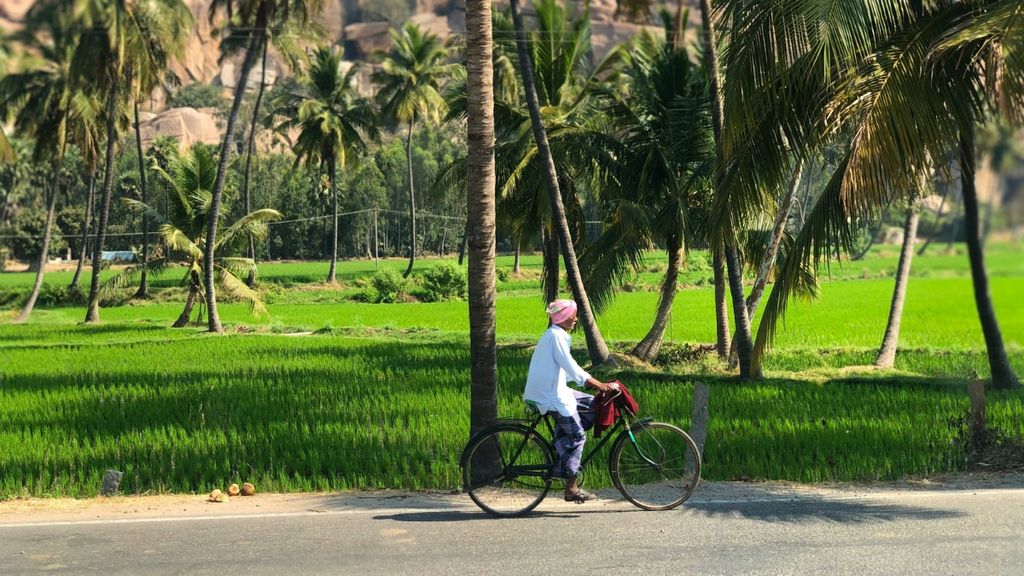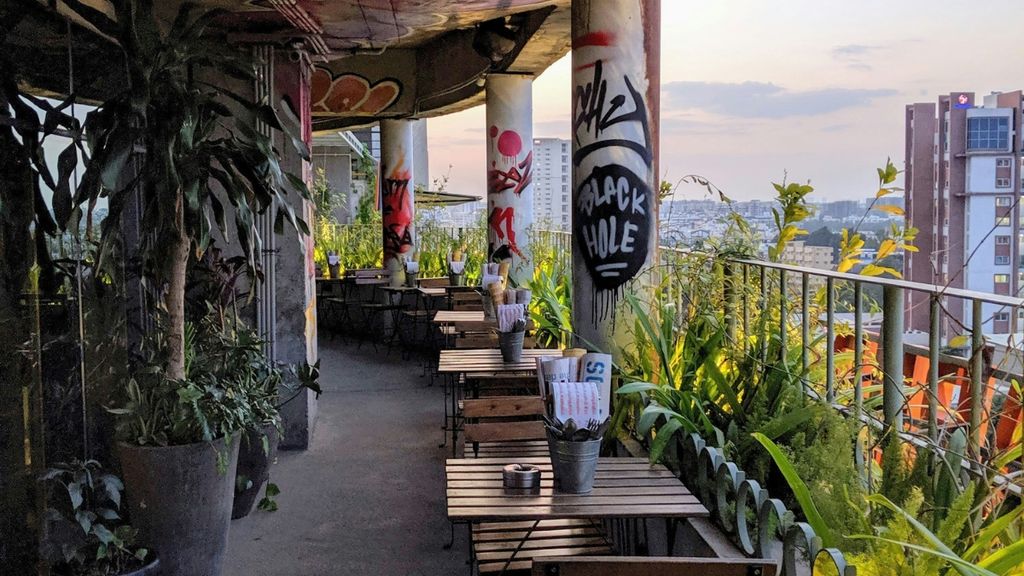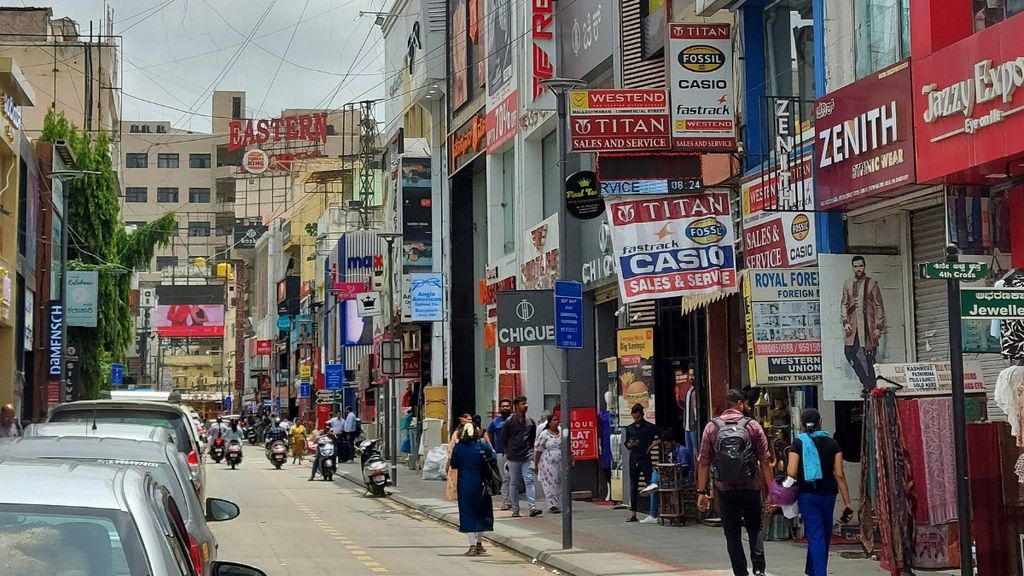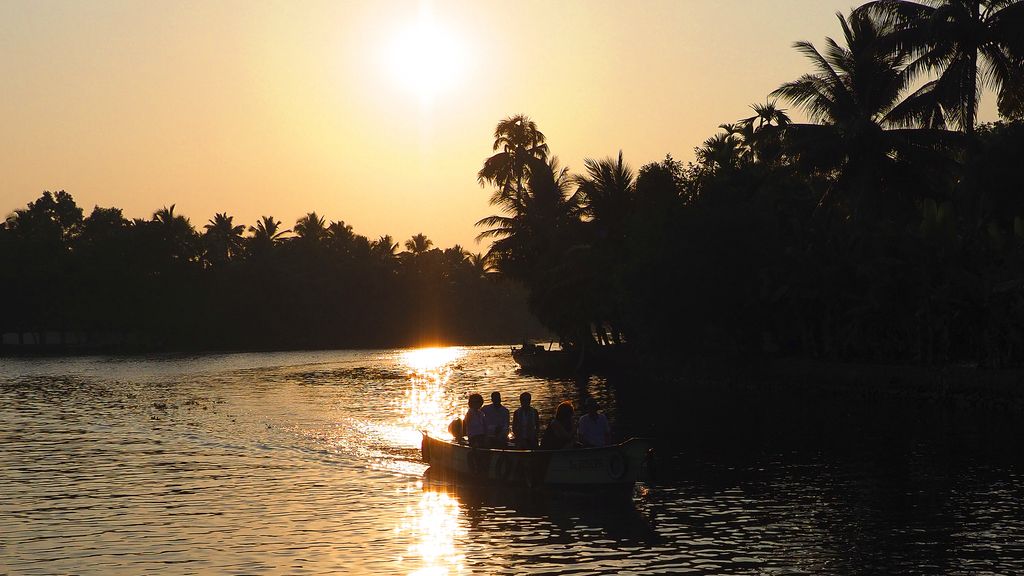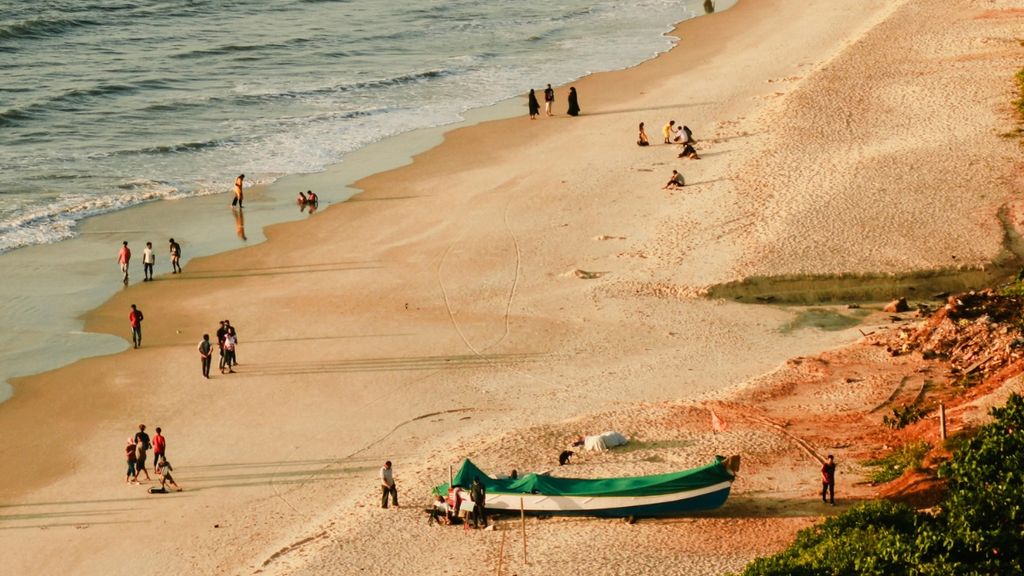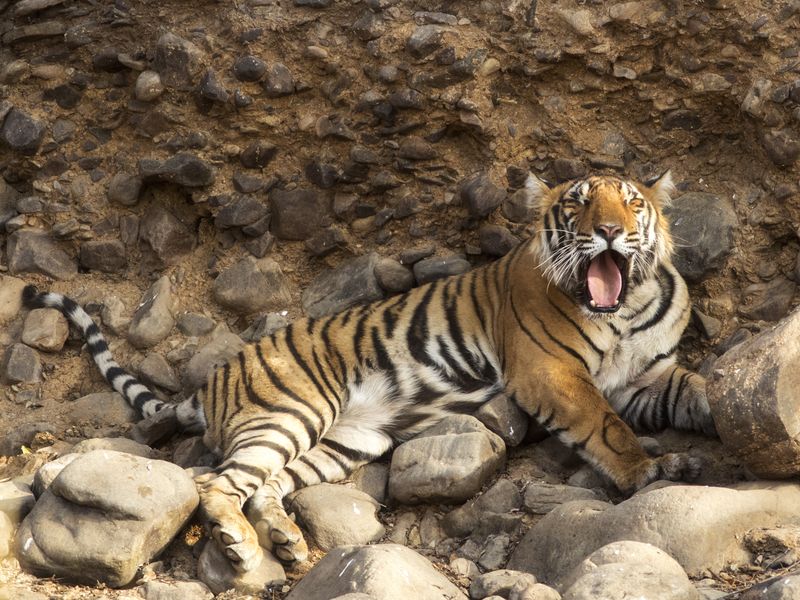Kingdoms & Coffee Fields
Historically elaborate, restlessly cutting edge and starkly unspoilt in equal measure, India’s southern state of Karnataka can feel like a dozen different countries in one. This singularly beautiful region offers a balance of history, culture, modern tech, landscapes and wildlife, and leads seamlessly to the peaceful Malabar backwaters and wilder beaches of northern Kerala. Its measured rhythms require a laid-back approach. Stroll through the cities in search of sugar cane juice, coffee and craft beer, and seek out quiet corners amid Hampi’s ruins. Contemplate panoramic views from cool, elevated hill stations, and wait patiently for the wild inhabitants of the National Parks surrounding the Kabini River to appear. Sit back and soak it all in - it’s everything we love to put into a Selective Asia journey.
Explore rapidly rising Bangalore (dubbed India’s Silicon Valley), the safari hot-spots around the Kabini River, bonnie Coorg - India’s answer to Scotland - and Bylakuppe, Karnataka’s small taste of Tibet. Some of the once-splendid city of Mysore might feel neglected, but its overall grandeur is still magnificent, and the buildings offer an important perspective to enrich your understanding of Karnataka. Top it all with Hampi’s archaeological extravaganza contrasting against a softly boulder-strewn backdrop: a site that rivals just about any in Asia.
Karnataka has ‘keeping it slow’ baked in, and longer road trips are all part of the adventure. Putting in hours on the road, with time to gaze into India’s ever-changing landscapes, is so worthwhile in order to get to its less-visited places. Karnataka offers a mix that’s hard to find, and it’s one that not everyone has cottoned onto quite yet…
Charisma in Bangalore
What Karnataka’s capital city might lack in historic grandeur, it more than makes up for in its lively metropolitan atmosphere, with ever more striking skyscrapers rising over the city. Bangalore is, after all, one of India’s major tech powerhouses; its answer to California’s Silicon Valley. Hop in an auto-rickshaw and head to the busy old quarter, the Pete (pronounced ‘pay-tay), with its all-encompassing markets, wide streets leading to leafy neighbourhoods, artfully graffitied metro stations and trendy hubs flush with cafes, restaurants, shops and galleries. Walk through one of the city's shady parks, or enjoy the contrast of its luxurious shopping malls. Pause for a refreshing sugarcane juice or a coffee, and experience the city’s deep-rooted cafe culture, or try a flight of locally-brewed craft beers from over 80 craft breweries in the city.
Take in the medieval-esque turrets of Bangalore Palace, the private residence of the royal Wodeyar family. The unusually gothic and picturesque exterior, said to have been built to resemble Windsor Castle, is complemented by an eclectic collection of paraphernalia within. Set aside time to stroll past bazaars full of textiles, silver, gold, spices, fresh produce, and mounds of flowers keeping the garland makers busy.
Historic Hampi
As the Imperial capital city of the Vijayanagar Empire, Hampi was once one of the greatest cities in the world, which isn’t hard to imagine when you see the vast scale of its crumbling grandeur. It was once described as ‘so large that no man has seen its like upon the earth’, but it fell to invaders towards the end of the 16th century and was abandoned soon after. What remains is a richness of ruined fortifications, partial palaces and atmospheric temples, scattered across an already boulder-strewn landscape on the banks of the Tungabhadra River. Although it’s far from unexplored, its rather out-of-the-way location means it attracts far fewer visitors than many of Asia’s similarly impressive archaeological sites.
Take in the splendid (and eye opening!) sculptures of the 7th-century Viprupaksha Temple, one of India’s oldest living religious sites, and visit the grand Royal Centre to see the Palace of Krishnadevaraya, the Elephant Stables, the Lotus Mahal and more. Pause at the Sasivekalu Ganesha Temple, with its eight foot statue of Lord Ganesha carved from a single block of stone, take in the Hazara Rama Temple, and leave flexibility to explore Hampi’s quieter corners. Whether you prefer to see as many temples as you can, pick a few of the most impressive, or deliberately head for smaller and more out of the way examples, make sure you take in the view from Matanga Hill en route to marvel at Hampi’s panoramic scale.
(Coffee) Break the Journey
Chikamangalur makes for a great place to break your journey south through Karnataka, either as a quick stop or to slow your pace of travel all together. Unlike the rocky, rusty landscape of Hampi, it’s an area of green hills, valleys, forests and coffee plantations - particularly fragrant during the March and April flowering season. Karnataka is the largest coffee producing state in India, and legend has it that it all started in Chikamangalur, with coffee being brought to the region by a Muslim saint who had visited Arabia.
Take a moment to pause and enjoy the peaceful scenery in secluded accommodation. Take in views over hills, tumbling waterfalls or still lakes, walk in the forest and wander through the plantations, and find a secluded spot to read and relax in nature with a few freshly ground cups of the local beverage.
Majestic Mysore
The streets of Mysore’s historic centre are lined with utterly beautiful buildings, many decorated in mellow, creamy shades, and you’d be forgiven for thinking that you were looking at palaces. That is, however, until you see the main event: Mysore Palace. The official residence of the Wodeyar maharajas, this is one of the most visited historic sites in India, and is on an entirely different scale. It’s hard to say what is more impressive, the sprawling grey granite exterior, capped by a five-storey tower including a gilded dome and formal grounds, or the painstakingly resorted interior, boasting elaborate tiling, carving, gold flecked highlights, historic portraits and stained glass windows. If the historic facades of Mysore spark a desire to see more, then add the impressive ruins at Belur and Haleebedu to your list too.
Mysore offers more than just the palace. From the impact of its architecture to the relaxed, tree-guarded streets, it has a sepia-toned old fashioned sheen that makes you feel like there’s no need to rush. Take in the view of the city from the Chaumundi Hills, visit nearby Srirangapatna, and rub shoulders with the locals at the lively Devaraja Market. Settle down with another sweet strong coffee to do a spot of people watching, or work on becoming a connoisseur of Mysore’s famously delicious dishes, particularly masala dosa: crispy golden pancakes filled with spicy potato and served with fiery chutney.
Where National Parks Meet…
With Nagarhole National Park on one bank and Bandipur on the other, the Kabini River has to be one of the best locations from which to appreciate the plentiful wildlife of southern India. Nagarhole encompasses 644 sq km of deciduous forest and waterways, where a great variety of flora and fauna flourish between the valleys, streams, waterfalls and Kabini backwaters. Bandipur is even larger, at around 875 sq km, and boasts forest, shrublands and rivers. Combined with the adjacent Wayanad and Mudumalai National Parks, Nagarhole and Bandipur form the Nilgiri Biosphere Reserve: the largest habitat for wild elephants in South Asia.
The parks are home to an exceptionally large and diverse wildlife population, including Asian elephants, Sambar deer, gaurs, the ever-elusive leopards and tigers, and over 300 species of bird. Driving out with a knowledgeable naturalist gives you the widest coverage of the park, offering opportunities to see many different animals and birds. Safaris by boat offer yet another perspective. See wildlife drawn to the river to drink, or grazing the banks by the lapping waters, along with riverside locals like otters, crocodiles and water birds. Hop ashore to take a nature walk during the day, or at night when the insects, amphibians and reptiles rule.
Hill Station Hideaway
Wend your way into the Western Ghats mountains via Bylakuppe, South India’s largest Tibetan settlement, where colourful prayer flags flutter from the tree tops and maroon-robed monks stroll along the streets. The hill station of Coorg was a state in its own right until 1956, and popular for its mix of temperate weather, greenery and scenery, and it retains an air of genuine tranquility. Discover waterfalls, lakes and reservoirs; plantations of coffee, tea and spices; temples and panoramic viewpoints, such as the Raja’s Seat, from which to take it all in.
Explore the fort, churches and temples of the market town of Madikeri - the regional capital - and wend your way into the scenic surroundings, which can be taken at your own pace. Lean deeper into the world of India’s coffee production, and take the opportunity to learn about the Kodava, a regional community of hunters and warriors renowned for their martial traditions, unique language, and deep-rooted connection to their surroundings. If you want to up the tempo, you’ll find excellent trekking opportunities from easy to challenging throughout the surrounding landscape.
Backwaters & Beaches
Mention the Keralan backwaters, and place names like Alleppey, Kumarakom and Vembanad Lake might come to mind, alongside visions of rippling water, palm trees, and wooden vessels. However, there are many other backwaters sprinkled throughout the state, and taking the road less travelled into Kerala offers a different backwater perspective. Malabar’s Tejaswini River region has its own scenic waterscapes, best explored aboard traditional rice barges, now converted into private houseboats, which leisurely cruise past lush islets, small villages and painted temples. These waterways are wider and quieter than some of the more well-known ones; the small riverside hamlets are well hidden by the palms along the banks, and there are never many boats at large when it’s time to anchor and enjoy dinner under a sprinkling of stars.
Backwaters cruised, it’s just a short journey to the beaches of the Malabar coast to sink into even deeper relaxation at the end of your slow travel sojourn through Karnataka. Sit back, sip from fresh coconuts, lounge in a hammock, swim in warm waters and dine on the sand. Enjoy secluded beaches where you can appreciate the golden sands and crashing waves undisturbed…
Time on your side?
Having already travelled from Karnataka to the northern tip of Kerala, if you’ve got time on your hands you can easily continue your leisurely way south. Our Cardamom & Coconuts journey is great for more Kerala inspiration, or you could fly to the mega-city of Mumbai - a skyscraper metropolis to rival the best - to explore its coastally-breezy green spaces and wander through countless neighbourhoods, experiencing city life at a local level.
A note on cost…
The guide price of £3,490US$4,490 is a per person price (not including international flights) staying 1 night in Bangalore, 3 nights in Hampi, 1 night in Chickmangalore, 2 nights in Mysore, 2 nights in Kabini, 2 nights in Coorg, 1 night cruising the Malabar Backwaters, and 3 nights relaxing on the beach at Neeleshwar, all in our favourite mid-range hotels.
